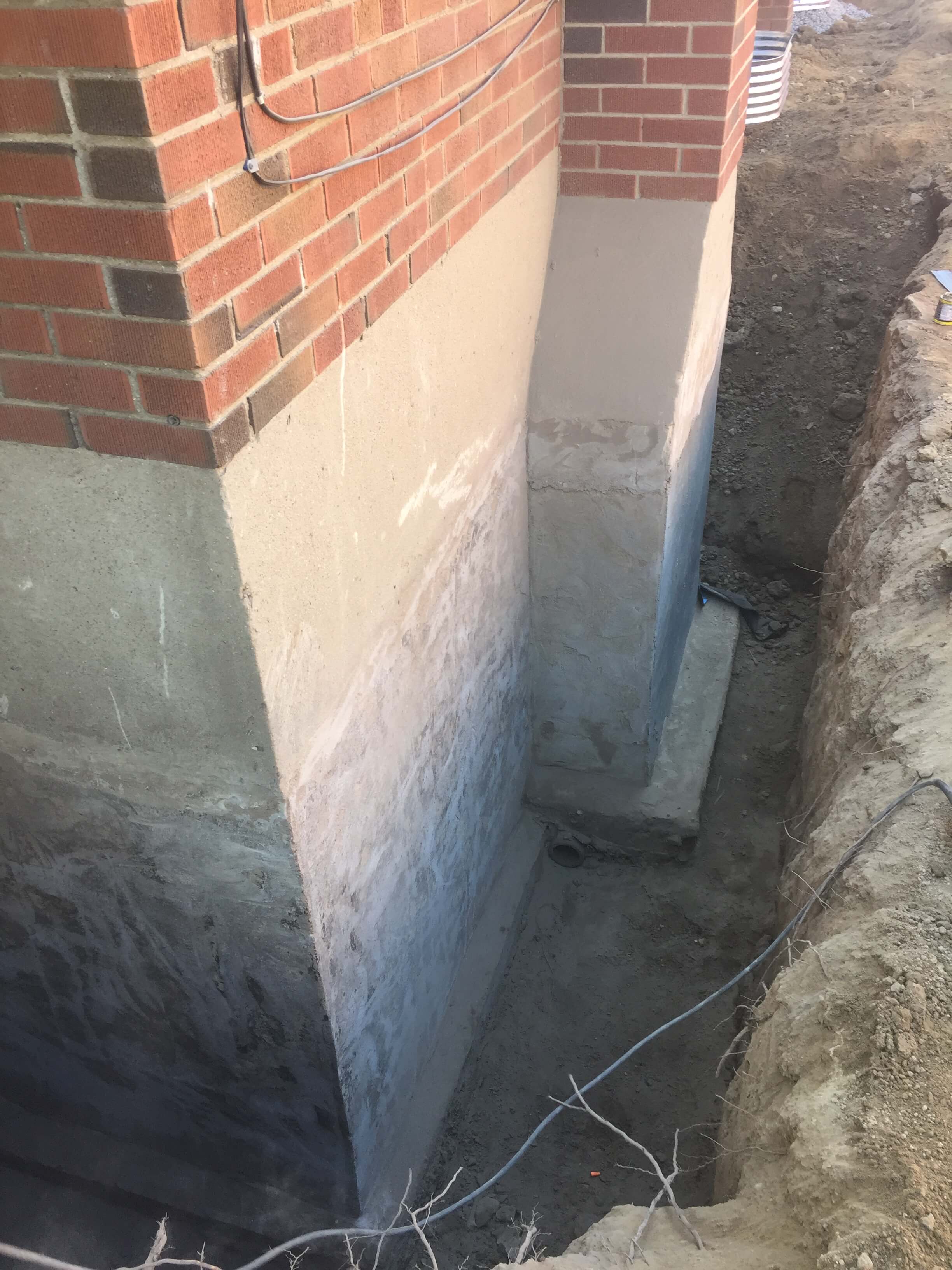Common Moisture Control Mistakes along with How to Steer clear of Such Problems

Water damage can spell disaster for any home or structure, leading to costly repairs and potential health hazards. This makes waterproofing an essential aspect of property care that every homeowner should take seriously. Unfortunately, many people ignore critical elements of waterproofing or succumb to widespread myths, which can exacerbate issues instead of mitigating them. Understanding the importance of proper waterproofing techniques is crucial for safeguarding your investment and guaranteeing the well-being of your loved ones.
In this article, we will explore common waterproofing mistakes that property owners often make and provide insights on how to avoid them. By highlighting the necessity of waterproofing in areas such as cellars, rooftops, bathrooms, and outdoor structures, we aim to equip you with the knowledge needed to protect your property from water damage. From dry basement when expert help is required to dispelling waterproofing myths, we will guide you through what you should to know for successful waterproofing strategies.
Crucial Water-Resistant Guidance
Moisture-proofing is a critical aspect of preserving the integrity of any home or structure. Grasping why waterproofing is important for every structure can spare landlords and property managers considerable hours and money by avoiding water-related damages. From basements to ceilings, efficient waterproofing can protect against leaks and moisture infiltration, which, if overlooked, could lead to fungus growth, decomposition, and high repairs. By putting resources in quality waterproofing methods, you can ensure your home remains a secure and pleasant place.
One common fallacy is that moisture-proofing is only needed in areas prone to intense downpours. In reality, all structures require certain form of moisture-proofing to shield against a multitude of water-related concerns, including wetness, condensation, and unforeseen breaches during storms. Moisture-proofing myths clarified reveal that simply minor dampness concerns can grow into serious issues if not taken care of. Recognition of these threats can prompt preventive steps before it becomes too challenging to act.
Identifying indications that your home needs waterproofing is crucial in preventing more extensive problems. Homeowners should look for significant indicators such as peeling paint, dampness in lower levels, and musty odors, which may imply damp ingress. By recognizing these cues early on and knowing how to waterproof your cellar and other vulnerable areas effectively, you can safeguard your asset and maintain your property's equity over the years.
Effective Waterproof Techniques

One of the most efficient waterproofing strategies is to guarantee proper water management around your property. This requires grading the terrain away from the foundation and installing gutters and downspouts that lead rainwater away from the building. Effective drainage prevents water from gathering near your base, which can result to leaks and other water damage. Regular maintenance of these methods is crucial to avoid blockages that can cause water to spill and seep into the structure.
Another key approach is to choose the appropriate waterproofing materials for your specific needs. Whether you're considering interior or exterior waterproofing, it's important to select premium products designed for the areas you're dealing in. For instance, basement waterproofing may necessitate the use of specialized membranes and sealants, while roof waterproofing might improve with coatings that withstand UV radiation and temperature fluctuations. Researching and picking the most suitable waterproofing materials can significantly impact the longevity and effectiveness of the approach.
Lastly, think about consulting experts who have knowledge in waterproofing to ensure a proper method. While DIY approaches can be tempting, professional evaluations can identify latent issues that may not be apparent. Experts can provide tailored recommendations and ensure proper execution of techniques and materials. Investing in professional services can be a wise move to safeguard your property from costly water damage in the long run.
Common Mistakes and Resolutions
One of the most frequent mistakes in waterproofing is overlooking adequate surface preparation. Many homeowners rush the process, applying waterproof coatings over unclean or irregular surfaces. This can lead to sticking issues, resulting in flaking and ineffective waterproofing. To avoid this, always allocate adequate time cleaning and repairing the surface before putting on any products. A clean and even surface enhances the efficiency of the waterproofing material.
Another frequent mistake is overestimating the capabilities of DIY methods. While there are many effective waterproofing products on the market for home use, they often demand particular application methods to achieve the best results. Homeowners occasionally apply too thin a layer or fail to adhere to the manufacturer's instructions. To avoid this problem, consider consulting professionals for challenging areas like cellars or roofs, ensuring the work is done correctly and that you use the appropriate products for your particular needs.
Lastly, ignoring signs of water damage until it becomes critical is a major error. Homeowners often wait too long to tackle visible leaks or moisture problems, resulting to costly repairs down the line. Regular check-ups and maintenance can help catch potential issues early. Establish a seasonal schedule to check for leaks, cracks, and signs of mold to keep your home safe and minimize long-term detriment.
